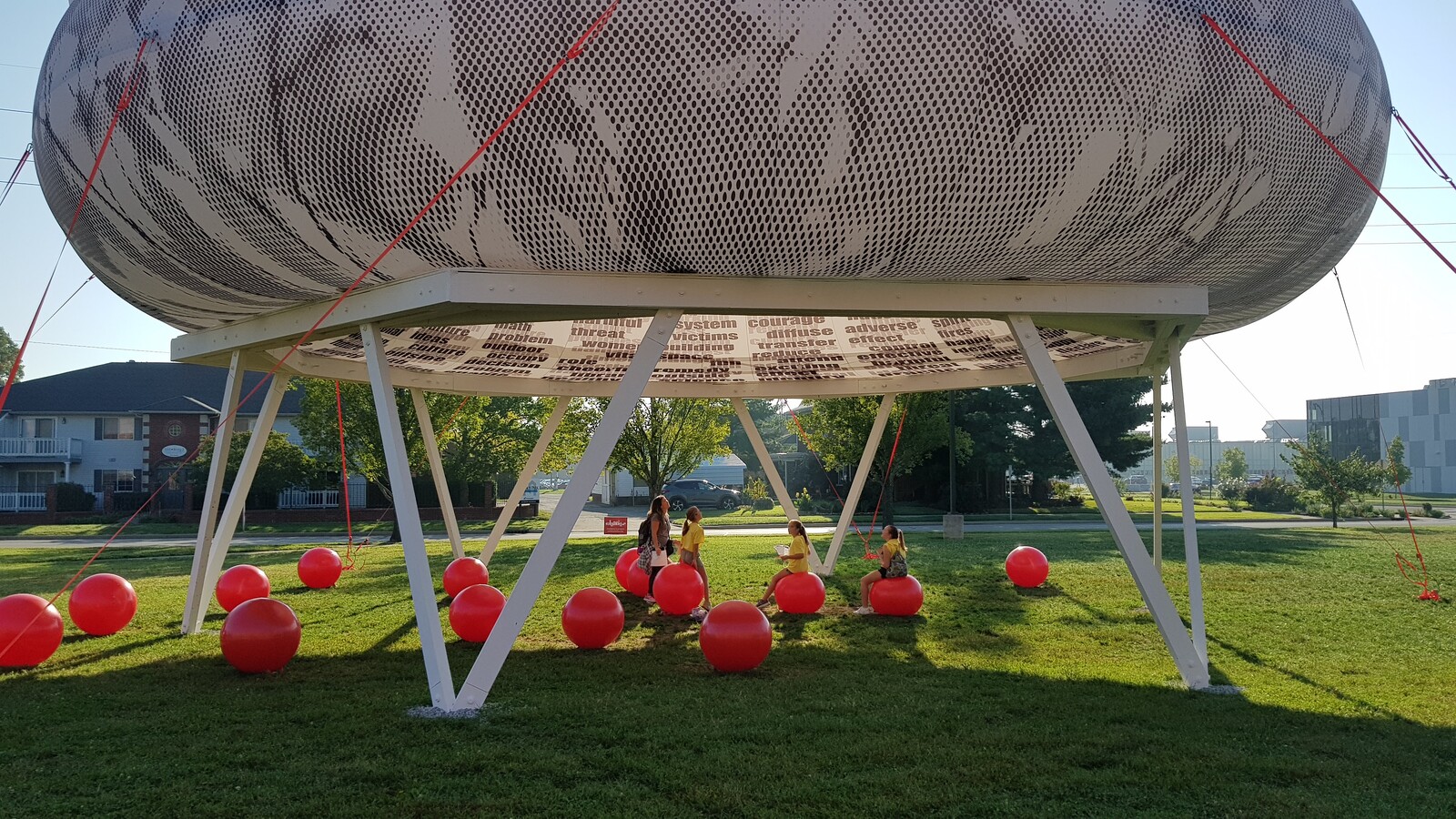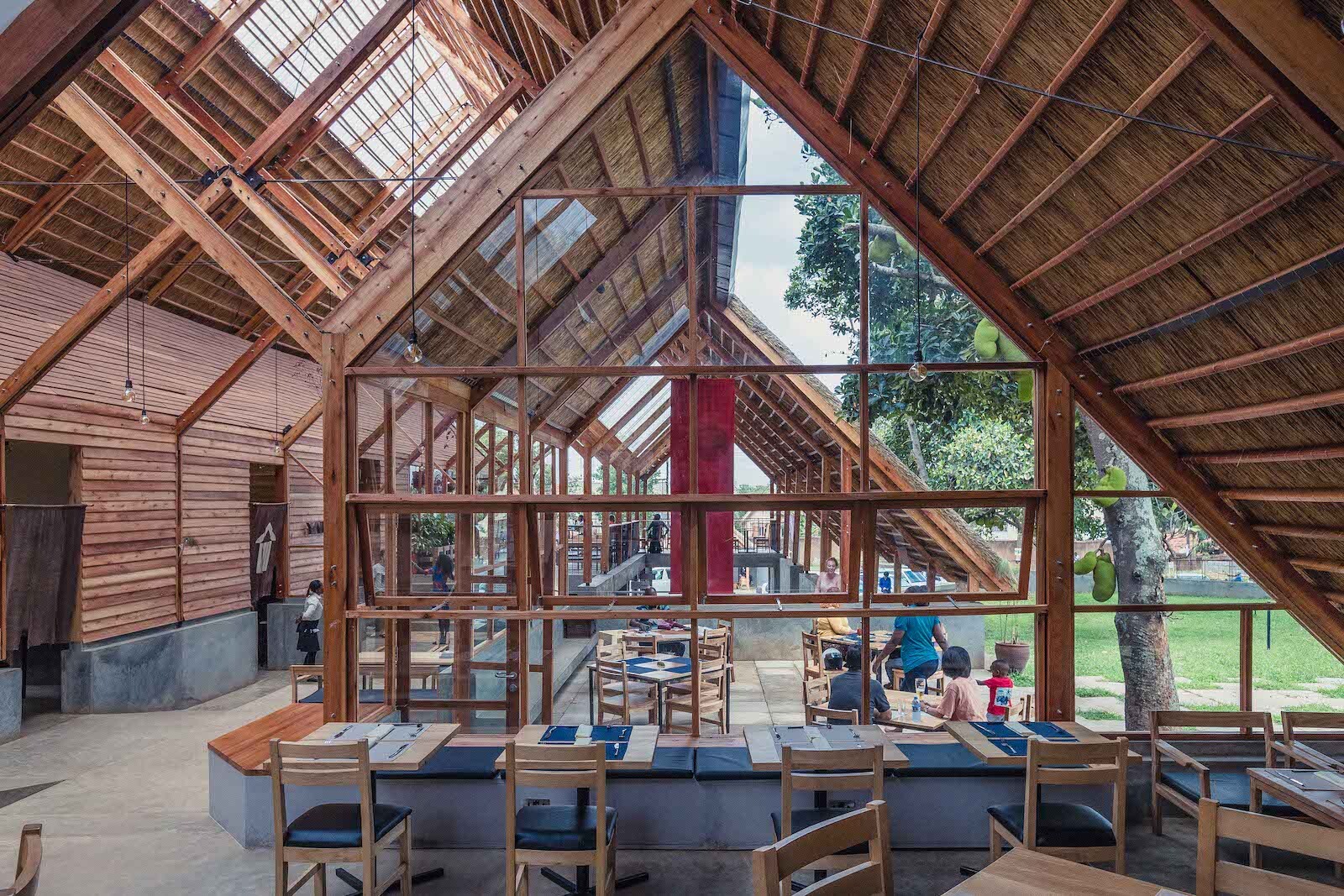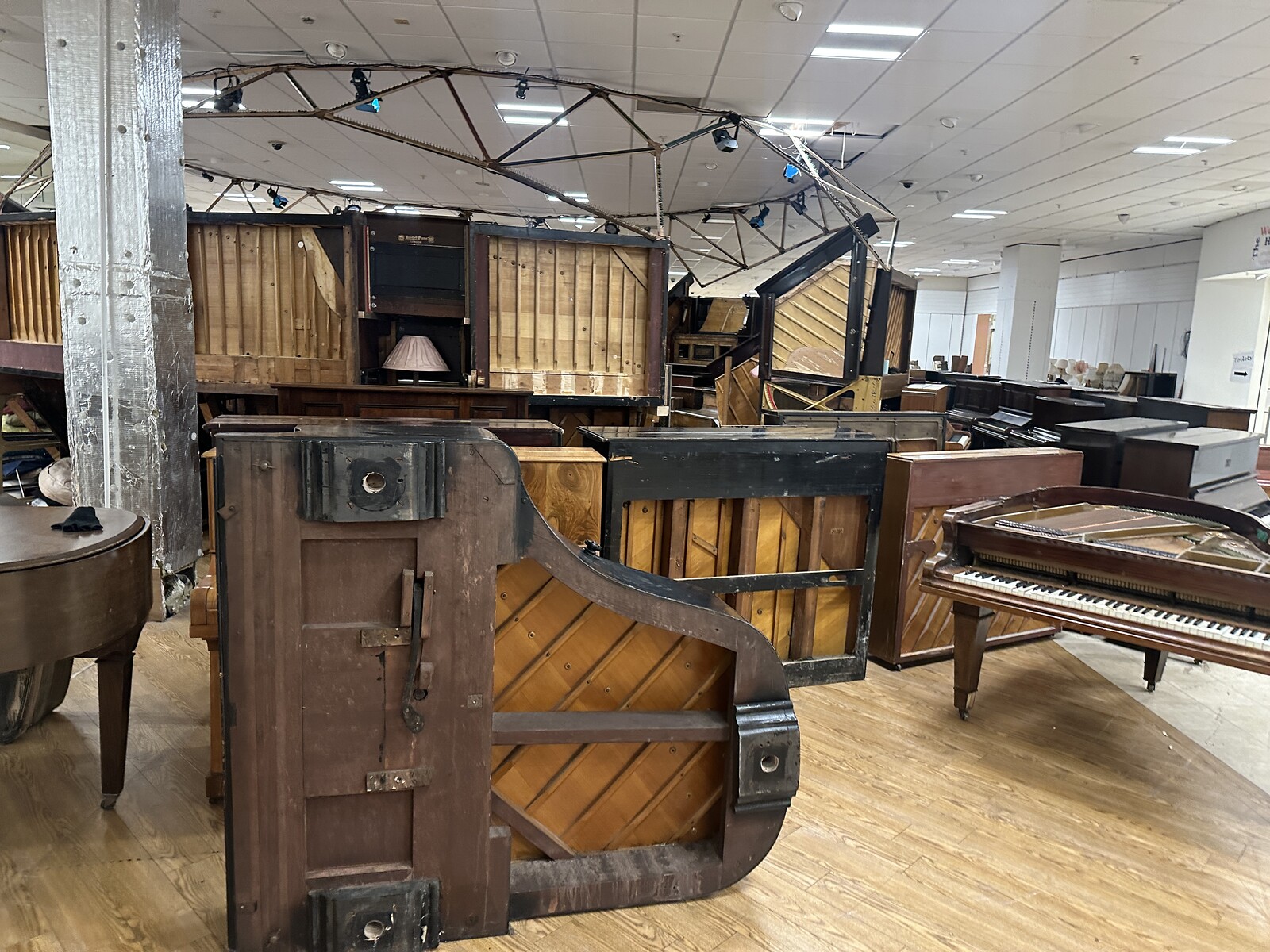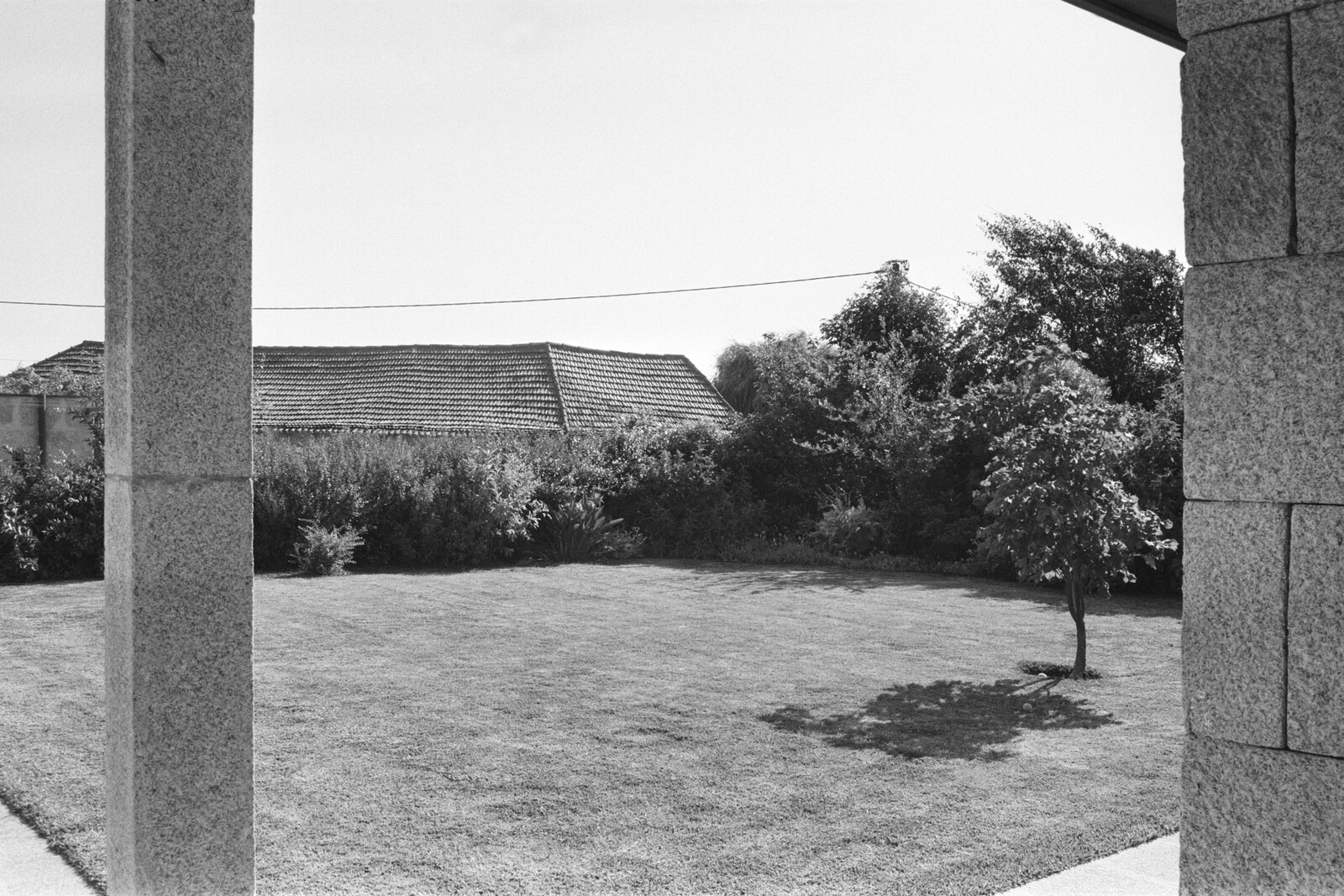Category
Subject
After Comfort: A User’s Guide is a project by e-flux Architecture in collaboration with the University of Technology Sydney, the Technical University of Munich, the University of Liverpool, and Transsolar.
- Daniel A. Barber, Jeannette Kuo, Ola Uduku, Thomas Auer, and e-flux Architecture Editorial
- Aleksandra Kędziorek The Clothed Home
- Roger Boltshauser and Matthias Peterseim Three Theses on Hybrid Ecological Comfort
- Soha Macktoom, Nausheen H. Anwar, and Mariam Ahmad Heatscapes and Evolutionary Habitats
- Marc Angélil and Cary Siress The Urgency of Stewardship
- Rachael Wakefield-Rann Solutions of Concern
- Muoto How to Skin a Rabbit
- Simone Ferracina The Ethics of Use: Repurposing Debenhams
- Aziba Ekio The Color, Green (Excerpts)
- Ikko Kobayashi and Fumi Kashimura Reinterpreting Locality
- Second Edition Marble and Salami
- Ecosistema Urbano The City as an Open-Air Classroom
- Salmaan Craig Lost Loops
- Florian Idenburg Recalculating Typology
- Xu Tiantian Building Non-Buildings
















